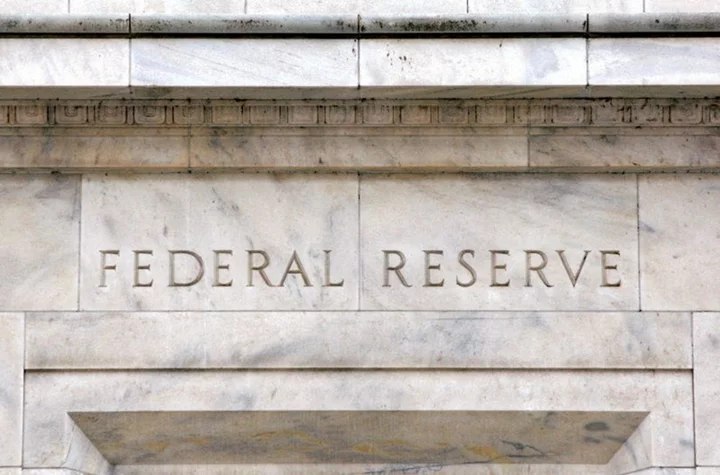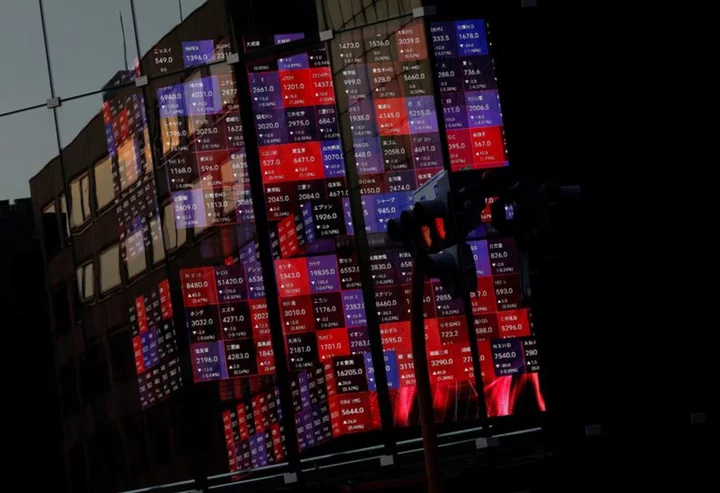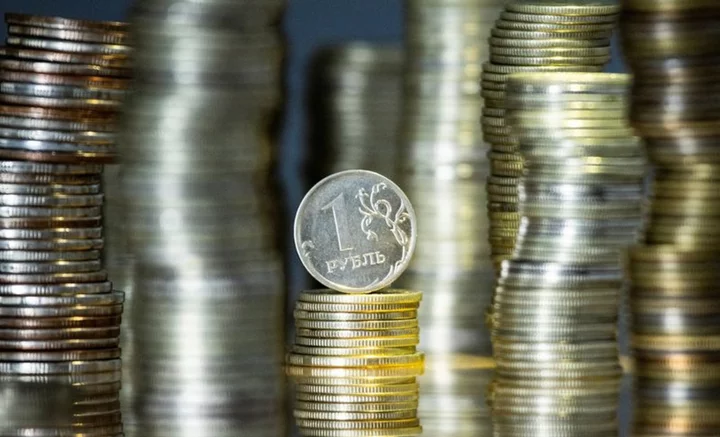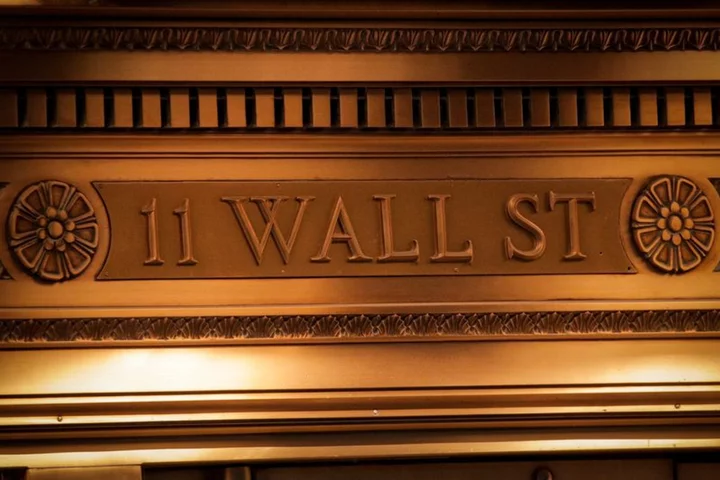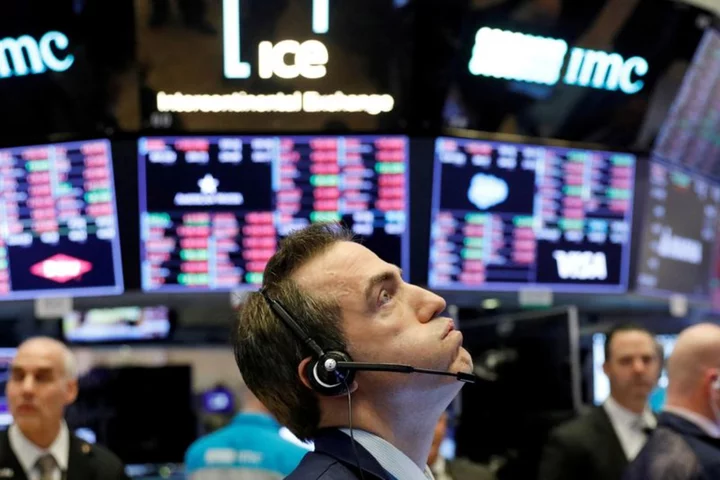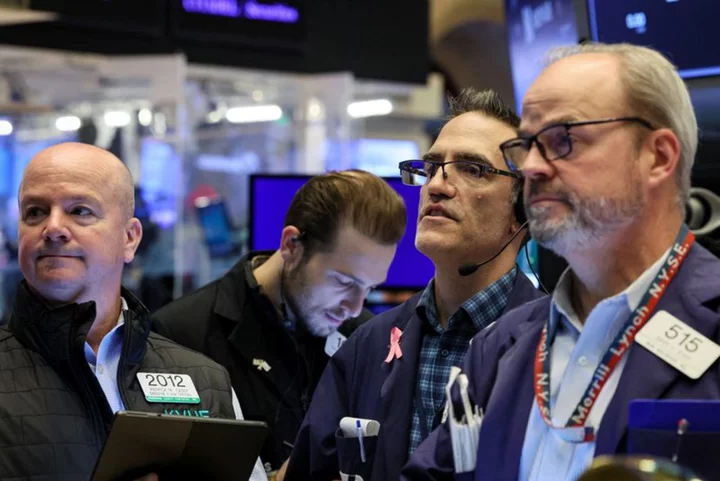A look at the day ahead in U.S. and global markets from Mike Dolan
Out of the frying pan, and into the fire?
Relief over the likely lifting of the U.S. debt ceiling this week is being reined in by the uncomfortable prospect of even higher Federal Reserve interest rates - and the further evaporation of any 2023 easing hopes.
As U.S. markets reopen after Monday's holiday, investors now have to price the likelihood both houses of Congress will vote to lift the U.S. debt ceiling this week, after White House and Republican leaders finally thrashed out a deal before Treasury runs out of cash before a new June 5 deadline.
While extreme wings of both parties voiced some disquiet about details of the agreement, the market assumption is moderates will carry it through by Friday. Then comes up to $1 trillion of new debt sales by Treasury by year-end to replenish its coffers - something that may create volatility in the bill market amid a reshuffling of cash management strategies.
But with some U.S. inflation gauges proving stickier than many had forecast and the May unemployment report due on Friday, there's growing expectation the Fed will hike rates again next month - and rates may be no lower at year-end than they are now.
Futures markets now see a 60% chance the Fed will lift rates by another quarter point to the 5.25-5.50% range at its June 14 meeting. And while such a hike may be reversed by year-end, the implied end-2023 Fed rate is less than 10 basis points lower than it is now.
Though largely illiquid out of U.S. hours, one-month Treasury bill yields were marked about 10 basis points higher than Friday's close.
With the debt deal set to tighten fiscal policy further out and fears of credit rate downgrades and default receding, U.S. 2- and 10-year Treasury yields fell about 5 bps on Tuesday compared with Friday's close. U.S. sovereign credit default swaps eased back slightly too.
The dollar hit its highest since mid-March, with the yen leading the way to a six-month low - with late speculation about a Tuesday meeting between the Bank of Japan and Finance Ministry officials causing some late volatility there.
U.S. stock futures were about 0.5% higher, in part due to relief over the debt deal - even though, unlike the latest big debt ceiling standoff in 2011, there has been little noticeable disturbance in stock indices over the past month.
Tech and AI-fueled speculation has been a bigger factor, with last week's earnings from the likes of Nvidia and Marvell sending both those stocks up more than 20% each.
Elsewhere, stocks in Asia and Europe were modestly higher. Weekend news of a snap election in Spain later this year was partly offset by encouraging inflation news early on Tuesday.
Spanish inflation slowed to 3.2% year-on-year in May - down from 4.1% in April and well below economists' expectations of a fall to 3.5%.
Oil prices also nudged lower, with the year-on-year decline in Brent crude prices now running at almost 38% - its biggest annual plunge since 2020.
Turkey's battered lira hit record lows again on Tuesday - down more than 2% since President Tayyip Erdogan was re-elected in Sunday's election amid concern his increasingly authoritarian rule and unorthodox economic policies will continue to undermine the currency.
Events to watch for later on Tuesday:
* U.S. May Consumer confidence, Dallas Fed May manufacturing survey, March house prices, Q1 house price purchase index
* House Rules Committee takes up proposed debt ceiling bill, a necessary step before full vote in House of Representatives
* Richmond Federal Reserve President Thomas Barkin speaks
* U.S. Treasury auctions 3-month and 6-month bills
* U.S. corporate earnings: HP
(By Mike Dolan, editing by Susan Fenton mike.dolan@thomsonreuters.com. Twitter: @reutersMikeD)

